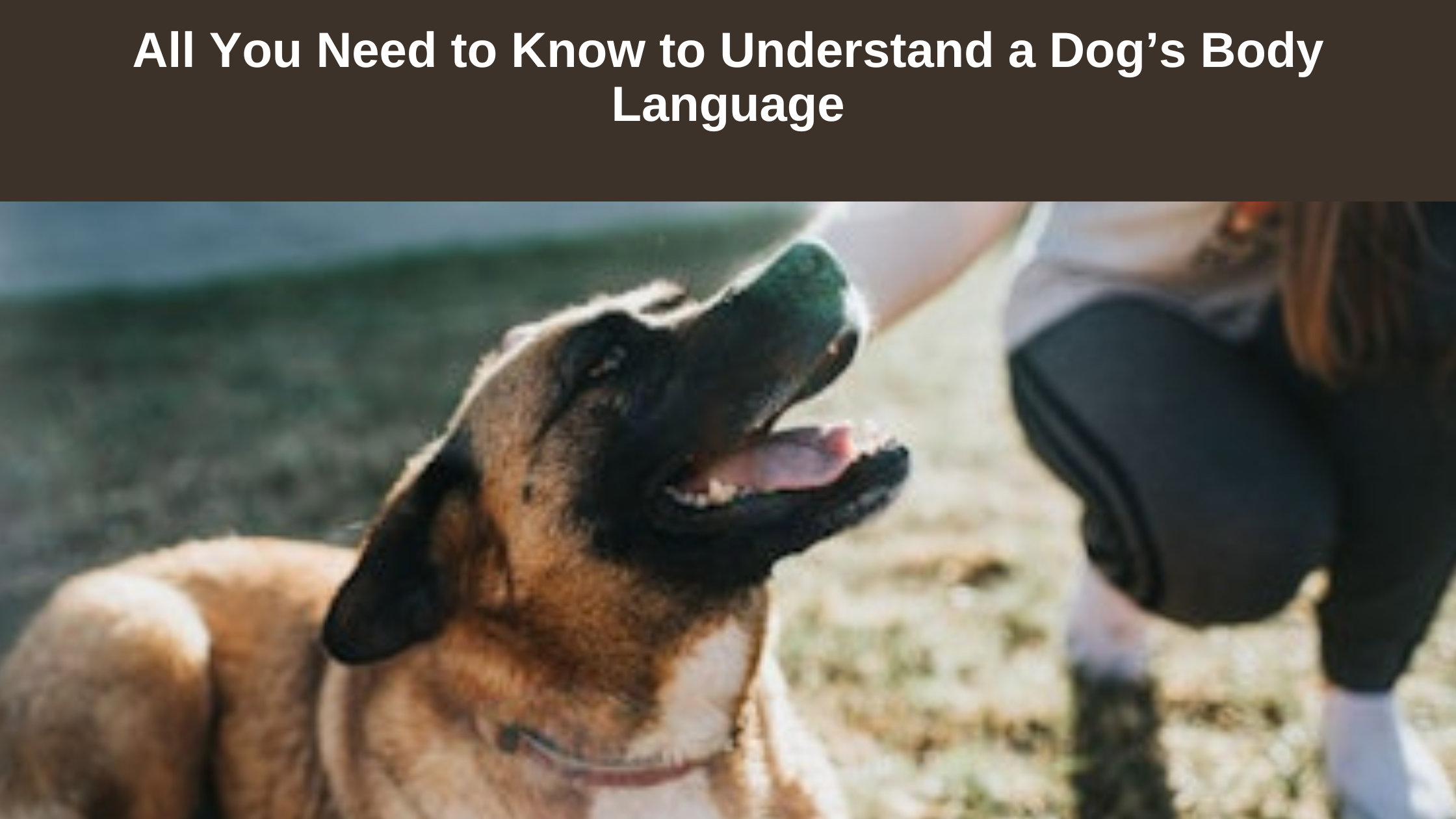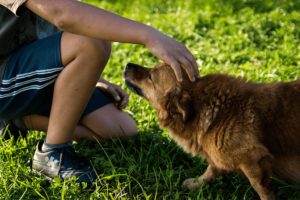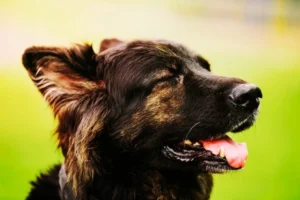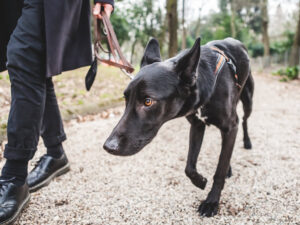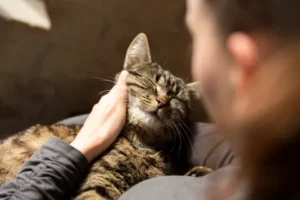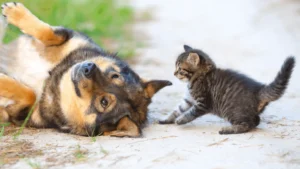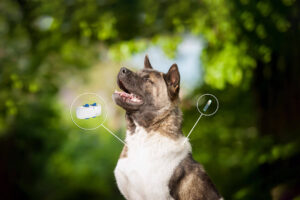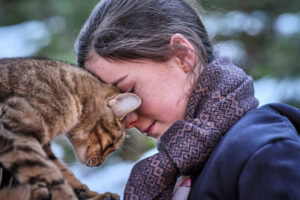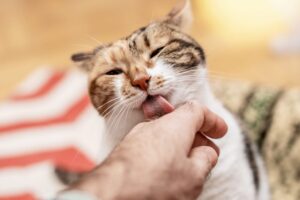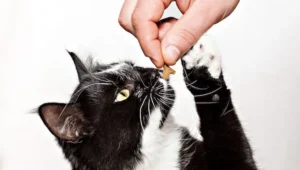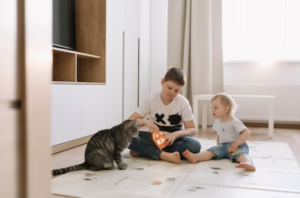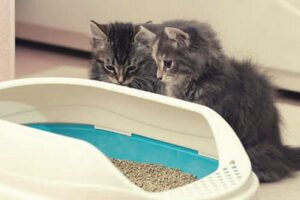The bond between people and their pets is one of a kind and lasts for a long time. Dogs, cats, and other pets have been part of our homes and lives for thousands of years. But pets are also friendly and loving, and there is an interesting world of pet intelligence and how they think waiting to be discovered.
Table of Contents
Introduction
In this piece, we explore the world of animal intelligence. We talk about the amazing skills of our furry friends and the studies that try to figure out what’s going on in their heads.
Understanding the Complexities of Animal Intelligence

When it comes to animal intelligence, cognition is an interesting and complex topic that focuses on the brain processes that control how animals see, learn, remember, and solve problems. This fascinating field of study looks at a wide range of mental skills, such as memory, problem-solving, communication, and sensory awareness.
Even though dogs and cats are considered some of the most intelligent animals in the world, animal intelligence is observed to be high in many different species. It’s found in a wide range of animals, including birds, rabbits, and even some reptiles. In this article, we go deep into the world of pet intelligence, revealing the amazing parts of sensory awareness, learning and memory, problem-solving, and communication that help us learn more about these wonderful companions.
Sensory Perception

Pets experience the world through their senses, which is very similar to how people do. Yet, the ways that different animal species have changed their senses often leave us amazed at their unique abilities.
Take dogs as an example. They are considered one of the smartest animals in the world
Dogs can smell a wide range of things, from drugs and bombs to diseases like cancer, because of their powerful sense of smell. Search-and-rescue efforts often use dogs to find missing people based on their scent, which shows how well they can smell.
On the other hand, cats also top the list of the smartest animals in the world. Cats can see very well at night. Their eyes have a lot of rod cells, which are special sensor cells that work well when there isn’t much light. This change helps cats find their way in the dark, which is a survival trait they got from their nocturnal ancestors. It’s no wonder that cats seem to be able to see in the dark so well.
Even those that aren’t considered most intelligent animals in the world have a lot of talent that is overlooked. Birds, like parrots, have their own senses that are amazing. These colorful birds can see a wide range of colors, including those in the ultraviolet range. Parrots can tell the difference between different colors because they have cone cells in their retinas. This sharp color vision helps birds find brightly colored food in the wild and choose mates based on the color of their feathers. Also, parrots are known for their ability to imitate sounds. They can copy human speech, sounds in their surroundings, and even other animals. This shows not only how smart they are, but also makes it easier for them to get along with people.
Learning and Memory

One of the most interesting things about pet intelligence is that they can learn new things and remember them over time. This ability to learn and remember things is common among pets, and it often amazes the people who live with them.
Dogs, who are often considered most intelligent animals in the world, have amazing learning and memorizing skills. They can learn complicated orders and know how to use a lot of different words and phrases. Through a combination of verbal cues, hand signals, and positive reinforcement, dogs can be taught to do a wide range of tasks, from basic obedience commands like “sit” and “stay” to more complicated tricks like “roll over” and “play dead.” This process shows how well they can associate cues, proving them to be one of the smartest animals in the world.
Cats are often thought of as cold and independent, but you can’t deny the fact that they too are one of the smartest animals in the world. They have a memory that surprises many people. They can remember the layout of their area with amazing accuracy, including hiding spots, places they like to rest, and paths they take when they go outside. Their ability to remember where they are helps them find their way around and find their way back home after exploring new areas.
Studies have proven that animal intelligence is not just limited to dogs and cats, many other animals can learn from their experiences and remember what they have learned over time. For example, a lot has been learned about how rats learn and remember from studying them. They can get through complicated mazes, remember where things are, and even have episodic memory, which lets them remember specific things that happened in the past.
Problems Solving
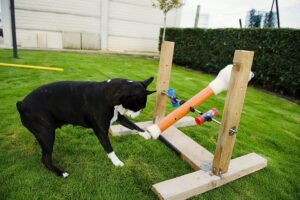
Pets face a lot of challenges every day, like finding out how to get to a hidden treat in a puzzle toy or getting around in a complicated environment. Observations and tests have shown that animals can solve problems, and animal intelligence and flexibility can amaze us.
Think about interesting world of primates, especially chimpanzees. People have seen these very smart creatures use tools to get food, which shows how good they are at fixing problems. In the wild, chimpanzees have been seen making tools out of sticks to get termites out of their homes or using leaves as sponges to get water out of holes in trees. These actions aren’t just based on instinct; they’re also smart ways for chimpanzees to get to supplies that would be hard to get to otherwise. That makes them deserving enough to be recognized as one of the most intelligent animals in the world.
Even dogs do things that show pet intelligence and flexibility.
Puzzle toys, for example, are made so that dogs have to work to get treats hidden inside by moving different parts of the toy. Dogs must use their senses, memory, and trial-and-error learning to figure out how to get to the reward and solve the problem. This not only keeps their minds active, but also lets them use their problem-solving skills.
Communication

Pets can tell each other how they feel and what they need by making sounds, moving their bodies, and making facial movements. These complicated ways of talking are important for their survival and for building relationships with other people.
Dogs are one of the smartest animals when it comes to communication. They bark, whine, growl, and howl, among other sounds, to communicate. Also, their body language and expressions tell a lot about how they feel and what they want to say. For example, a wagging tail could mean that the animal is happy or excited, while a lowered tail and bowed ears could mean that the animal is scared or giving up. Dogs are also sensitive to human cues and can figure out how we’re feeling so they can react with understanding and empathy.
Even though cats are often seen as mysterious, they have a wide range of ways to communicate. For example, purring is often seen as a sign of happiness, ease, or even self-soothing. Meowing is another form of expression. Cats can make different sounds to show they are hungry, uncomfortable, or want attention. Also, their body positions, like an arched back or puffed-up fur, show how they feel and whether they are ready to move.
Animal communication studies look into the complicated ways that pets communicate with each other and understand what people mean.
Understanding animal intelligence opens up a world of wonder and amazement. Pets constantly show how smart and flexible they are, from the way they use their senses to their ability to learn, remember, solve problems, and communicate. Understanding animal intelligence makes our relationship with them stronger, makes us more appreciative of the complexity of the animal world, and helps us treat them with more empathy and understanding.
Note: There might be affiliate links mentioned here. We may receive a commission if you purchase a product through an affiliate link. There is no additional charge for you. Please do your own research before making any online purchases.
The Study of Animal Intelligence

The study of how pets think and how smart animals are is a rich and diverse area that uses ideas from ethology, psychology, neuroscience, and zoology. It tries to figure out how complicated the animal mind is and learn about the mental abilities that affect the way our pets and other animals behave and get along with each other. Let’s look into the interesting world of animal intelligence , which includes classical conditioning, operant conditioning, cognitive testing, and comparative study.
Classical Conditioning

Ivan Pavlov, a Russian physiologist, was the first person to study classical training. It is a basic way to learn how pets and other animals learn to connect stimuli with results. In this type of learning, a neutral stimulus is paired with an unconditioned stimulus, which leads to a conditioned reaction. Pavlov’s experiment with dogs, in which he taught the dogs that a bell meant food, is a famous example of this.
In Pavlov’s trial, when food was first put in front of a dog, the dog salivated automatically. But by ringing a bell over and over before giving the dog food, he was able to teach the dog to associate the bell with food. Over time, the dog started to salivate when it heard the bell, even when there was no food around. This learned reaction, called a “conditioned response,” showed that the dog could link things together.
Classical conditioning is a very useful way to learn about pet intelligence because it shows how they can learn new reactions and behaviors through experience and association. In a home setting, dogs can be taught to connect certain orders with actions that are wanted. For example, the word “sit” can be paired with the action of sitting, and dogs can learn to sit on demand by being told to do it over and over again. This shows how well they can connect cues and behaviors.
Operant Conditioning

B.F. Skinner, an American scientist, was a big fan of operant conditioning. Operant conditioning is another important way to learn about pet intelligence. It teaches pets to respond to cues by performing certain behaviors. Usually, prizes and punishments are used to encourage or discourage certain actions. Operant conditioning is used to train many different kinds of animals, from dogs and cats to dolphins and birds.
In operant training, a pet learns to connect what it does with what happens as a result. For example, when a dog is being trained, it gets a treat when it sits when told to (this is the expected behavior). The treat is a reward for the dog’s good behavior, which makes it more likely to do it again in the future. On the other hand, bad actions can be stopped by punishing them or taking away their rewards.
This method shows how animals can change their behavior based on what happens to them. It shows how they can learn from their mistakes and act differently in the future. Animals figure out which habits lead to good results and change their actions accordingly. This is a complex form of associative learning. In the setting of operant conditioning, pets show that they can not only learn, but also make decisions, as they try to get the most rewards and avoid the worst ones.
Testing the Mind

Cognitive testing includes coming up with experiments to test different parts of pet’s intelligence, such as its ability to solve problems, its memory, and its ability to reason. These studies teach us a lot about how smart animals are and how well they can think about things that are not in front of them. Researchers use different jobs and tests to find out how smart animals are in these ways.
Tasks like finding a way through a maze are a traditional example of a cognitive test. Pets, especially rats and mice, are often put in mazes where they have to find their way to a goal, which is usually food. These mazes range in difficulty from simple T-mazes to complicated designs with many levels. When you watch how quickly and easily pets get through these mazes, you can learn about their spatial memory, ability to solve problems, and ability to plan routes.
Object memory tests measure how well an animal knows that things still exist even when they can’t be seen. This idea is a basic building block of cognitive growth, and it has been studied in dogs and cats as well as other animals. In these tests, an object is hidden from the animal’s view. The animal’s response when the object reappears shows how they think about the permanence of things.
Mirror memory studies are another interesting way to test people’s minds. These tests see if animals can recognize themselves in a mirror, which shows how self-aware they are. Some animals, like dolphins, elephants, and some primates, can recognize themselves in a mirror, which suggests they have a higher level of intelligence.
Comparative Research

Comparative research in the study of animal intelligence in different species is needed to learn how intelligence has changed over time and to find out if certain cognitive traits are unique to certain animals or are shared by many species.
Comparative studies, for example, have helped shed light on the taming process and how it changed the way dogs think. Wolves are the wild ancestors of dogs. They are often compared to domesticated dogs to see how they vary in how they solve problems, interact with others, and talk. These studies have shown that tamed dogs, which have lived with people for thousands of years, have developed special ways of thinking that make it easier for them to work with and interact with people.
Comparative study has also helped us learn more about how tools are used by animals. People used to think that using tools was something only humans did, but monkeys, birds, and even dolphins have been seen doing it. By comparing how different species use tools and solve problems, researchers can find similar mental processes that drive these behaviors and learn more about how these skills evolved.
FAQs
What does pet cognition mean, and why is it important?
Pet cognition is the brain process that controls how animals see, learn, remember, and solve problems. Understanding how pets think is important because it helps us understand pet intelligence, their skills, strengthens our relationship with them, and improves our ability to care for and talk to them well.
What are some examples of how pets sensory intelligence?
Pets have amazing ways of using their senses. For example, dogs have an amazing sense of smell, and cats can see very well at night. Birds like parrots can see colors well and imitate sounds, which lets them connect with their environments in unique ways.
How do cats see in the dark?
Cats have a lot of rod cells in their retinas, which help them see better in low light. This change helps them see well in the dark, which is a trait they got from their ancestors, who lived at night.
How does a dog’s sense of smell compare to a person’s sense of smell?
Dogs’ noses have about 300 million smell sensors, while our noses only have about 5-6 million. Because of this huge difference, dogs can smell scents at incredibly low concentrations. This means they are very good at following scents, including those linked to medical conditions and lost people.
Can cats remember specific places, and why is it important for them to be able to do so?
Cats have an amazing spatial memory that helps them remember where to hide, where to rest, and how to get around their area. This skill helps them find their way and stay alive, especially when they are discovering new areas.
How do pets like dogs and cats learn, and what is so amazing about how well they learn?
Dogs and cats learn through a mix of words, hand gestures, and good things. Their ability to connect certain cues with specific actions and orders shows how well they can learn.
What are some ways that pets solve problems, and how can you encourage them to do so?
Pets, like dogs, solve problems by doing things like figuring out how to use puzzle toys to get to treats that are hidden inside. These activities help them get better at solving problems and give them a sense of achievement and mental stimulation.
How do dogs interact with people, and why is that important for the relationship between people and dogs?
Dogs communicate with people by making sounds, moving their bodies, and making faces. Understanding their signs of communication helps people and dogs get along better and makes it easier for them to talk to each other.
How do cats interact with people?
Cats can talk to people in different ways, such as by meowing or cuddling. They also use their body positions and facial reactions to show how they feel and what they need, like when they are hungry or uncomfortable.
What is classical training, and how does it help us learn more about pet intelligence?
Classical training is a way to study how animals learn to link certain things with certain results. Scientists use this method to figure out how pets learn and make connections between things that happen. Pavlov’s experiment with dogs is a great example. The dogs learned that the sound of a bell meant food was coming, so they started salivating when the bell rang. This way helps us find out more about how pets think and learn.
Conclusion
Animal intelligence and pet cognition research has shown us that our furry and feathered friends have a wide range of interesting mental skills and traits. As we learn more about how their minds work, we get a better idea of how complicated and varied animal intelligence is. Understanding how our pets think not only makes our relationships with them better, but it also helps us learn more about the natural world and how animals see and interact with it



